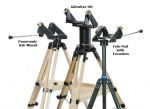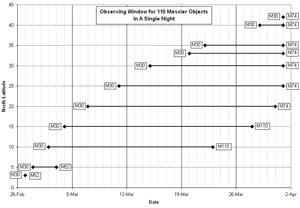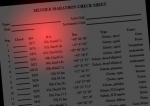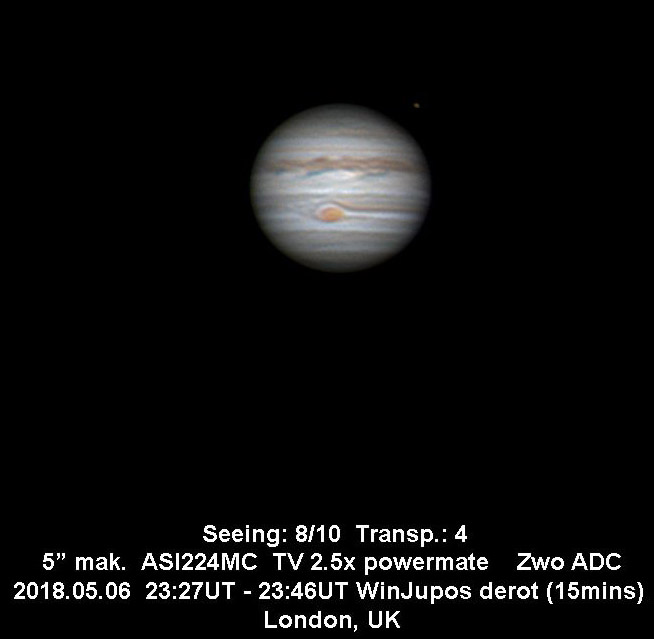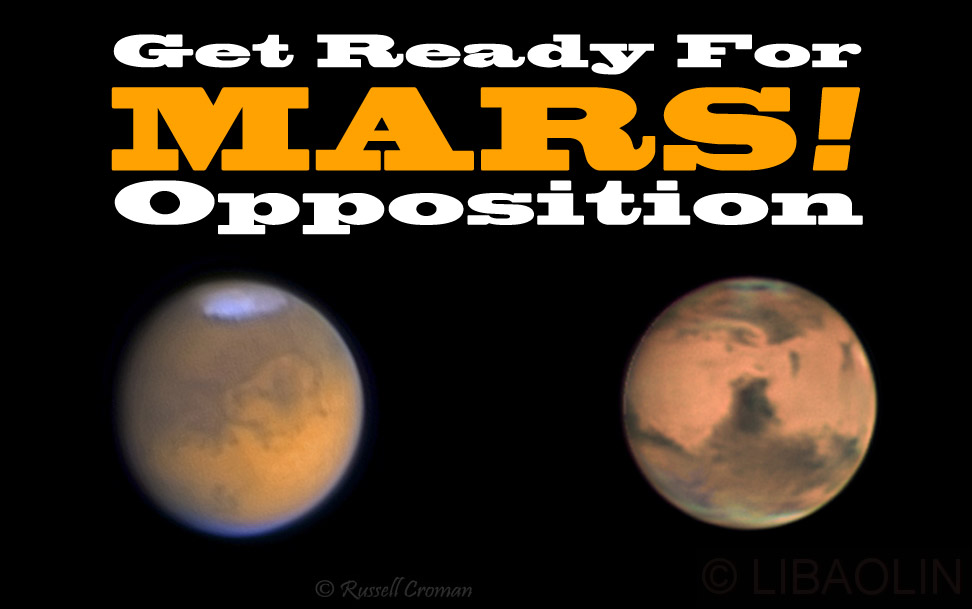2022 Messier Marathon
By the 1970’s amateur astronomers had noticed that all 110 Messier objects (a list of notable objects in the northern skies visible in small scopes) could be observed in northern latitudes within a night in March. Hence, the phrase “Messier Marathon” was invented to describe the attempt at locating and verifying the observation of each object on the list over the course of a single night.
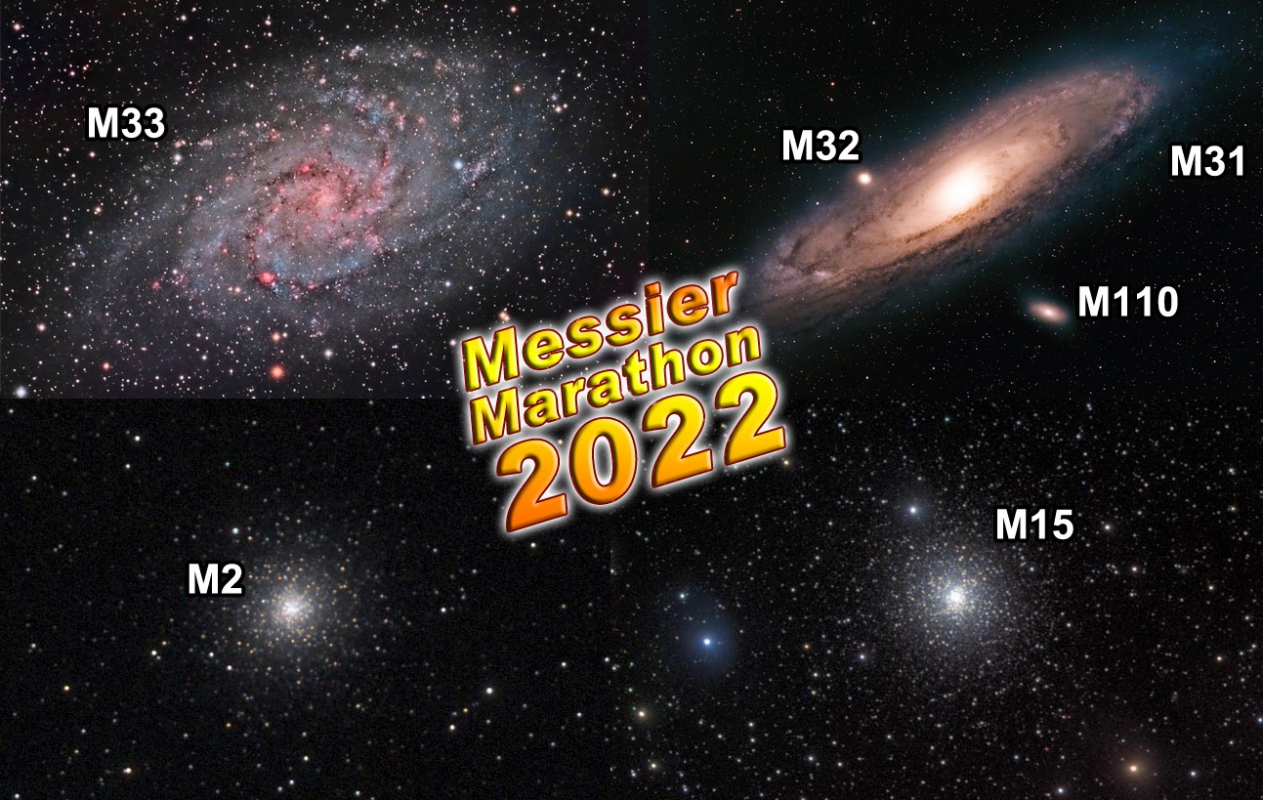

Messier’s List
Fledgling amateur astronomers soon encounter the term “Messier objects.” They learn that this is a list of objects outside our Solar System that are visible through small telescopes. This list was originally compiled by Charles Messier in the 18th century from his observations and those of contributors. It was for the benefit of comet hunters: when they stumbled upon a faint fuzzy object, they’d consult this list to see if it was a known object. It was first published in 1774 and expanded with help from fellow observers in that century. Professional and amateur astronomers in the early 20th Century rediscovered it, added a few new objects, and made corrections. There are now 110 objects in the modern catalog. Sky charts often label the location of these objects with the letter “M” and a number. For instance, the brightest Messier is M45 — the famous naked-eye Pleiades open star cluster.
A quirk of the list, when ordered by celestial coordinates in Right Ascension, is that only one Messier object (in far northern Cassiopeia) is found in the Pisces / Aquarius region between RA 21:40 and 0:40. When the Sun is in this area of the sky, the bulk of the Messier objects will be in the night sky and a few in twilight.
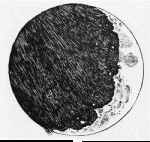
Messier Marathon Circumstances
There are two astronomical alignments necessary for commencing the Messier Marathon: the Moon is “New” (near the Sun and not visible in the night sky), and the Sun is in the Pisces / Aquarius “gap.”
Geography is another limiting factor. Your latitude will determine how many Messier objects are visible from your site. Under the best of circumstances, the southernmost object, M7 (open cluster), is only 10º above the horizon at 45º North latitude — so that serves as a rough northern limit.
Tom Polakis’ Messier Marathon Observing Window chart is a more sophisticated examination of the visibility of Messier objects by latitude. For instance, it takes into account the effect of contrast killing twilight after sunset and dawn before sunrise, the further north your latitude. Heading south, you are penalized by the nights getting shorter. His results are fascinating: you can do the Marathon 5º north of the equator, but have an observing window only three nights long. The Marathon window at 35º north is around the time of the Vernal Equinox (Spring), late in the Month, and is 10-days long. At 40º north, the windows is only open for the last three days of March.
This year offers two great opportunities to run the Marathon as the Moon is new on March 2nd and 31st. This means that all latitudes in Tom’s chart will have ideal conditions to compete over a few days on either side of those dates.
The final considerations are an unobstructed location and equipment for doing wide-field observation. If the weather is a problem, you usually have a number of days to choose from on the Observing Window Chart.
Running the Messier Marathon
Viewing Sequence
The typical Marathon sequence is to spot the objects that are about to set in the west, starting with M74 and M77, and working east (increasing Right Ascension) to M30 which rises ahead of the Sun.
The All Arizona Messier Marathon checklist from the Saguaro Astronomy Club (located 33° North latitude) is a typical list. Bill Ferris offers an alternate Messier Marathon Search Sequence he claims is good from 30° — 40° North Latitude. For a customized list by location and horizon conditions, see the interactive Messier Marathon Planner by Larry McNish that is hosted on the Calgary Centre RASC website.
Observing Gear
You are allowed to use more than one instrument to accomplish your observing marathon. All gear should allow you to have wide fields of view to quickly “sweep up” an object with the help of a location chart. Hand-held binoculars and small telescopes with at least 50mm of aperture will allow you to see about half the list. For the dimmer objects, a scope with at least 3-inch / 76-mm objective is recommended — though bigger apertures will help tease out the faintest objects and those in twilight.
There is no rule against using night vision devices on your scope, such as the Tactical Night Vision PVS-14 L3 Gen3 Un-Filmed White Phosphor unit sold directly by Tele Vue (mobile site). This gives an advantage to using one of our short focal length refractors as now you have effectively 3x the aperture while retaining the native rich-field capability to let you easily verify any Messier object — all in a super portable package. It also has the advantage of locating targets in twilight and moonlit skies!

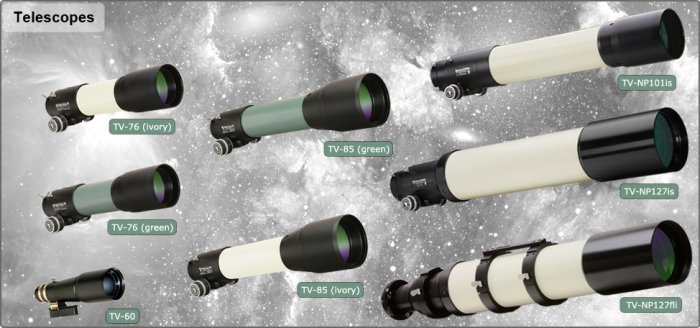
From the powder-coated tubes and anodized aluminum finishes to the silky-smooth, lash-free focusing, these scopes are rugged and easily transported to dark-sky locations. Tele Vue telescopes are engineered and built to be your life-long observing companions; and someday, your kids’ as well. All Tele Vue telescopes come with a 5-year Limited Warranty.
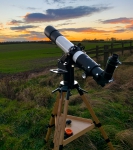
Observing Technique
The event is supposed to be an observing challenge. For a solo run you’ll challenge yourself based on your ability. For a complete beginner, that hasn’t seen all the Messier objects before, it is fine to use a “goto” mount (purest will faint!) to find the targets: Just gaze long enough to ensure you see an object that matches the description in a field guide. (See a description of how Messier objects appear in a typical 10″ Dobsonian on Mark Kilner’s Deep-Sky Log.)
Experienced observers will be more challenged to star-hop to the targets using a completely manual setup. Whatever rule you set for yourself, just stick to it for the duration of the evening. In the end, all Marathons have the same final rule: have fun!
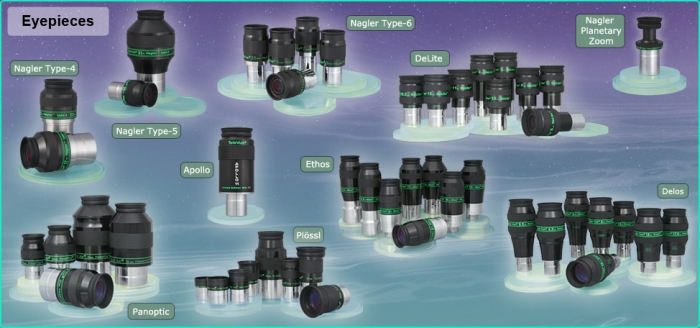
Marathon’s End
If morning twilight brightens and you find yourself short of several globular clusters on the list, it will still be a memorial night. Try to beat your score in the following years until you reach all 110 objects!
